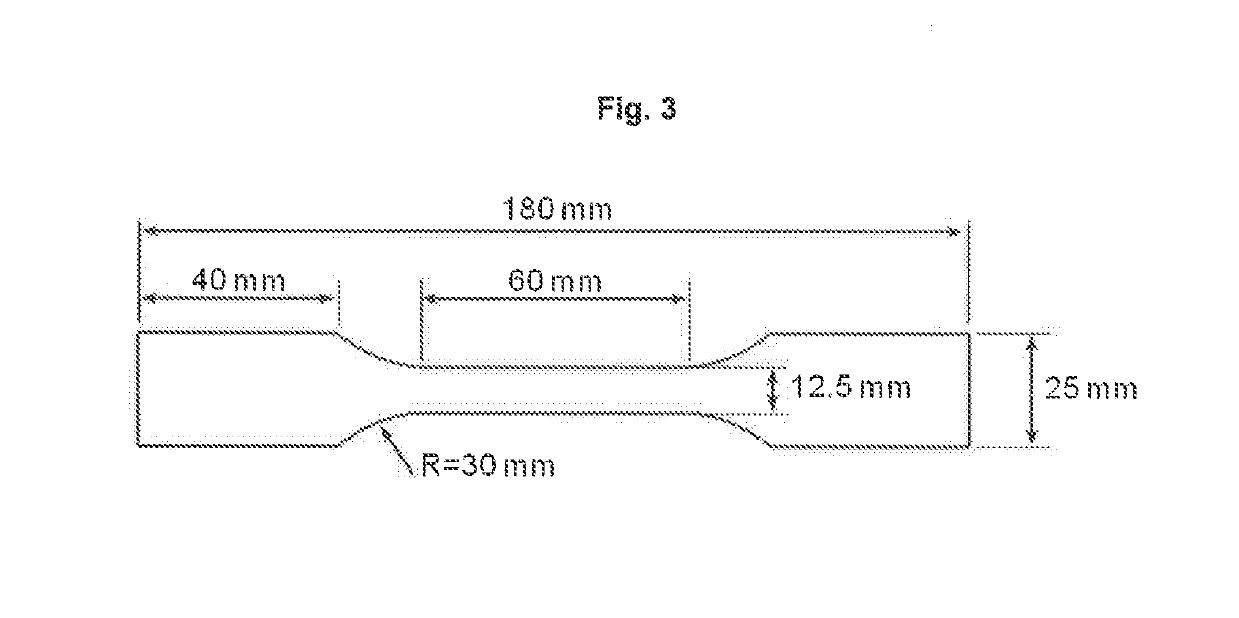Refractive index-matched additives for photo-curable compositions
a technology of additives and photocurable resins, applied in the field of materials technology, can solve the problems of limiting the range of mechanical properties, needing post-curing steps, and often not fully cured three-dimensional objects, and achieve the effect of reducing the cost of photocuring
- Summary
- Abstract
- Description
- Claims
- Application Information
AI Technical Summary
Benefits of technology
Problems solved by technology
Method used
Image
Examples
embodiments
[0108]Embodiment [1] of the present disclosure relates to an RI-matched photo-curable composition, comprising a photo-curable resin, and a refractive index-matched additive, wherein a ratio of a refractive index of the additive to a refractive index of the photo-curable resin ranges from about 0.8:1 to about 1.2:1.
[0109]Embodiment [2] of the present disclosure relates to the composition of Embodiment [1], wherein the additive is an organic or inorganic material.
[0110]Embodiment [3] of the present disclosure relates to the composition of Embodiments [1] and [2], wherein the additive is an organic particulate material or fibrous material.
[0111]Embodiment [4] of the present disclosure relates to the composition of Embodiments [1] to [3], wherein the additive is an inorganic mineral.
[0112]Embodiment [5] of the present disclosure relates to the composition of Embodiments [1] to [4], wherein the additive is at least one selected from the group consisting of a silica, an alumina, a gypsum,...
examples
[0258]The following examples are provided for illustration purposes only and in no way limit the scope of the present disclosure. Embodiments of the present disclosure employ the use of different or additional components such as other RI-matched reinforcing additives, other photo-curable resins, other radiation sources, as well as additional components, additives and processing steps.
Study Overview
[0259]In the examples illustrated below, it was demonstrated that the presence of an RI-matched mineral reinforcing agent in a photo-curable resin composition does not significantly increase the haze of the photo-curable resin composition or lead to an opaque photo-curable composition. Comparative studies also illustrate that the curing rates of a photo-curable resin and a respective RI-matched photo-curable composition are almost identical, such that the presence of an RI-matched mineral reinforcing agent would not be expected to adversely affect printability of RI-matched photo-curable c...
PUM
| Property | Measurement | Unit |
|---|---|---|
| median particles size | aaaaa | aaaaa |
| refractive index | aaaaa | aaaaa |
| refractive index | aaaaa | aaaaa |
Abstract
Description
Claims
Application Information
 Login to View More
Login to View More - R&D
- Intellectual Property
- Life Sciences
- Materials
- Tech Scout
- Unparalleled Data Quality
- Higher Quality Content
- 60% Fewer Hallucinations
Browse by: Latest US Patents, China's latest patents, Technical Efficacy Thesaurus, Application Domain, Technology Topic, Popular Technical Reports.
© 2025 PatSnap. All rights reserved.Legal|Privacy policy|Modern Slavery Act Transparency Statement|Sitemap|About US| Contact US: help@patsnap.com



